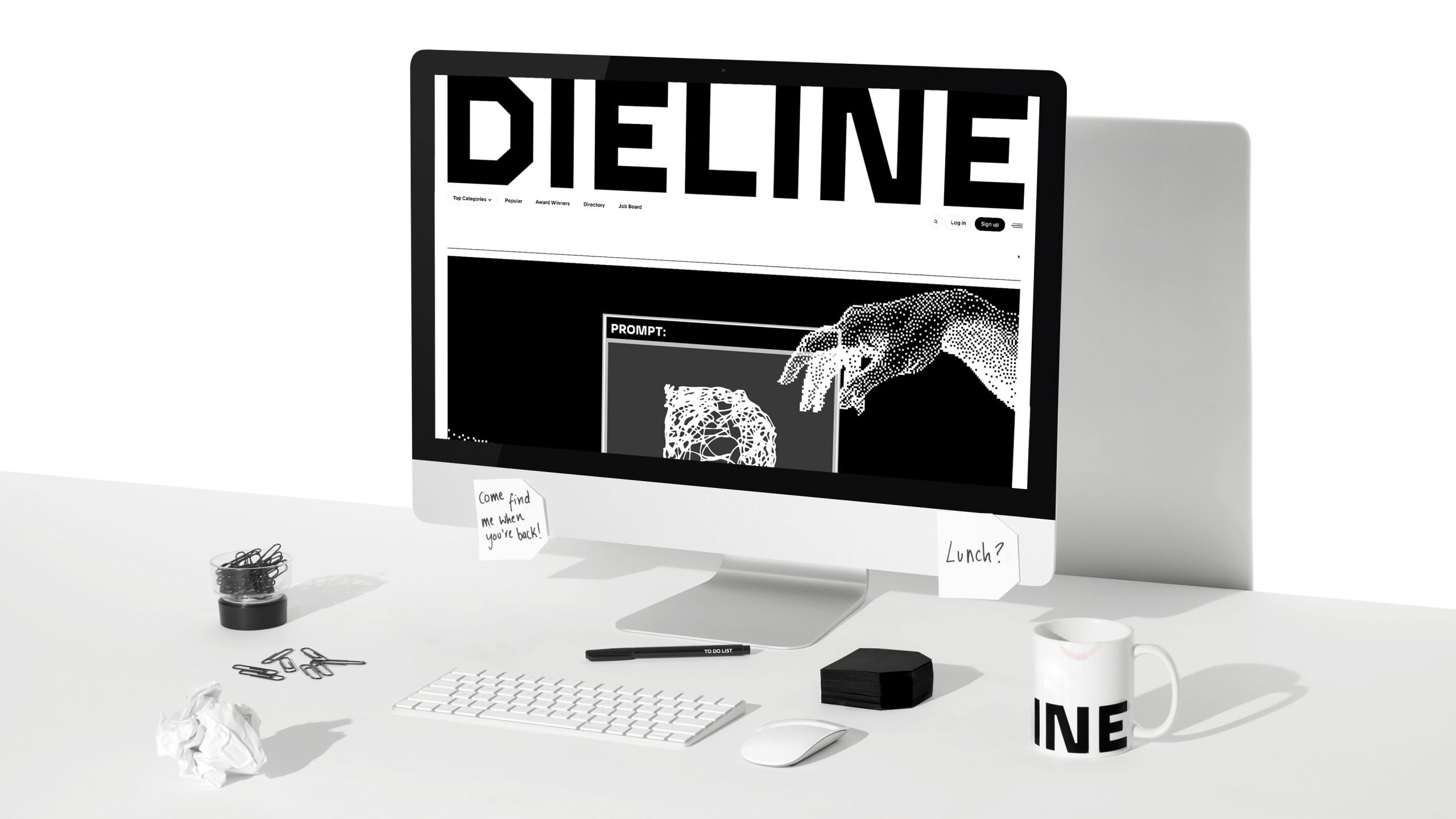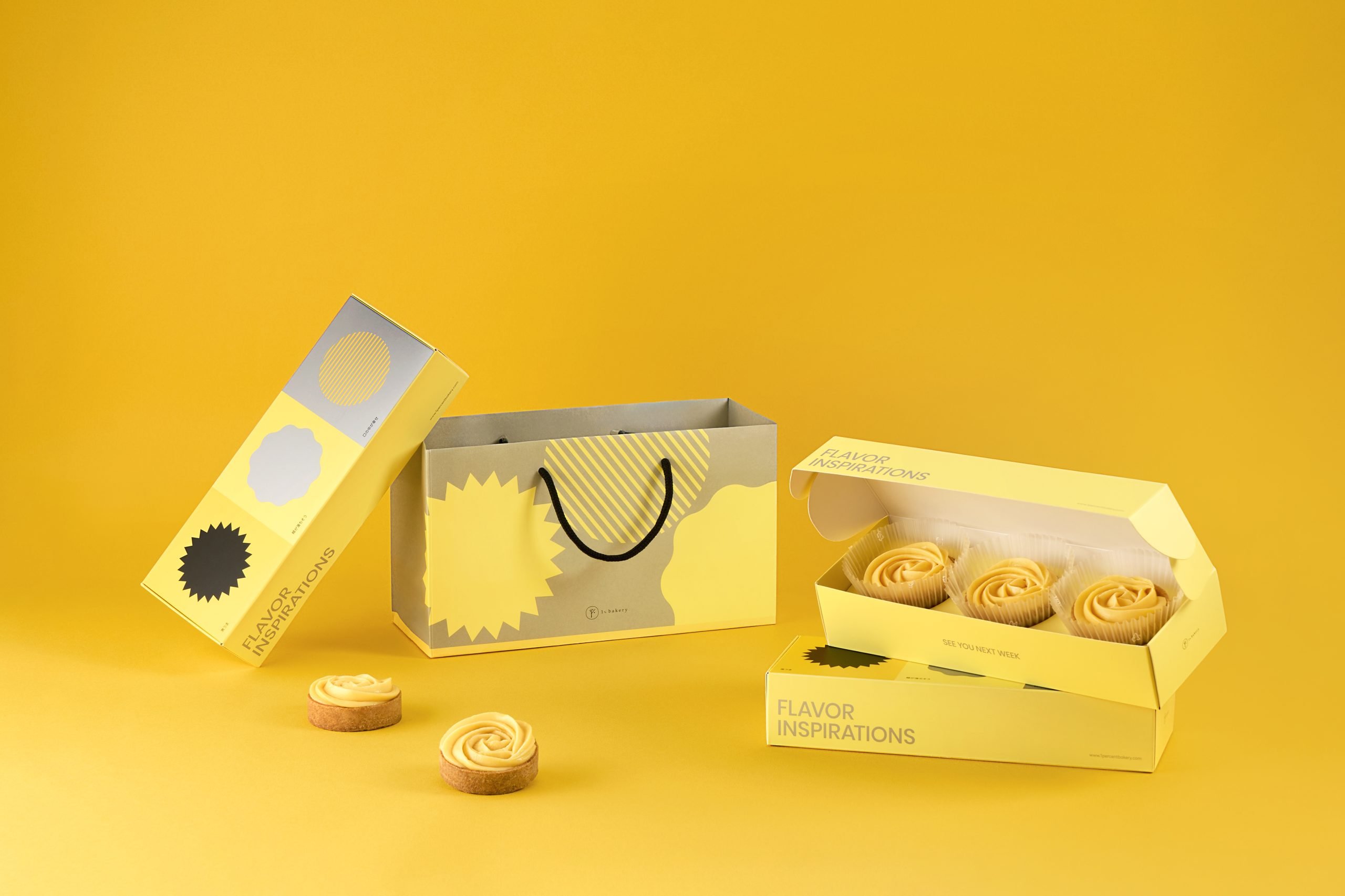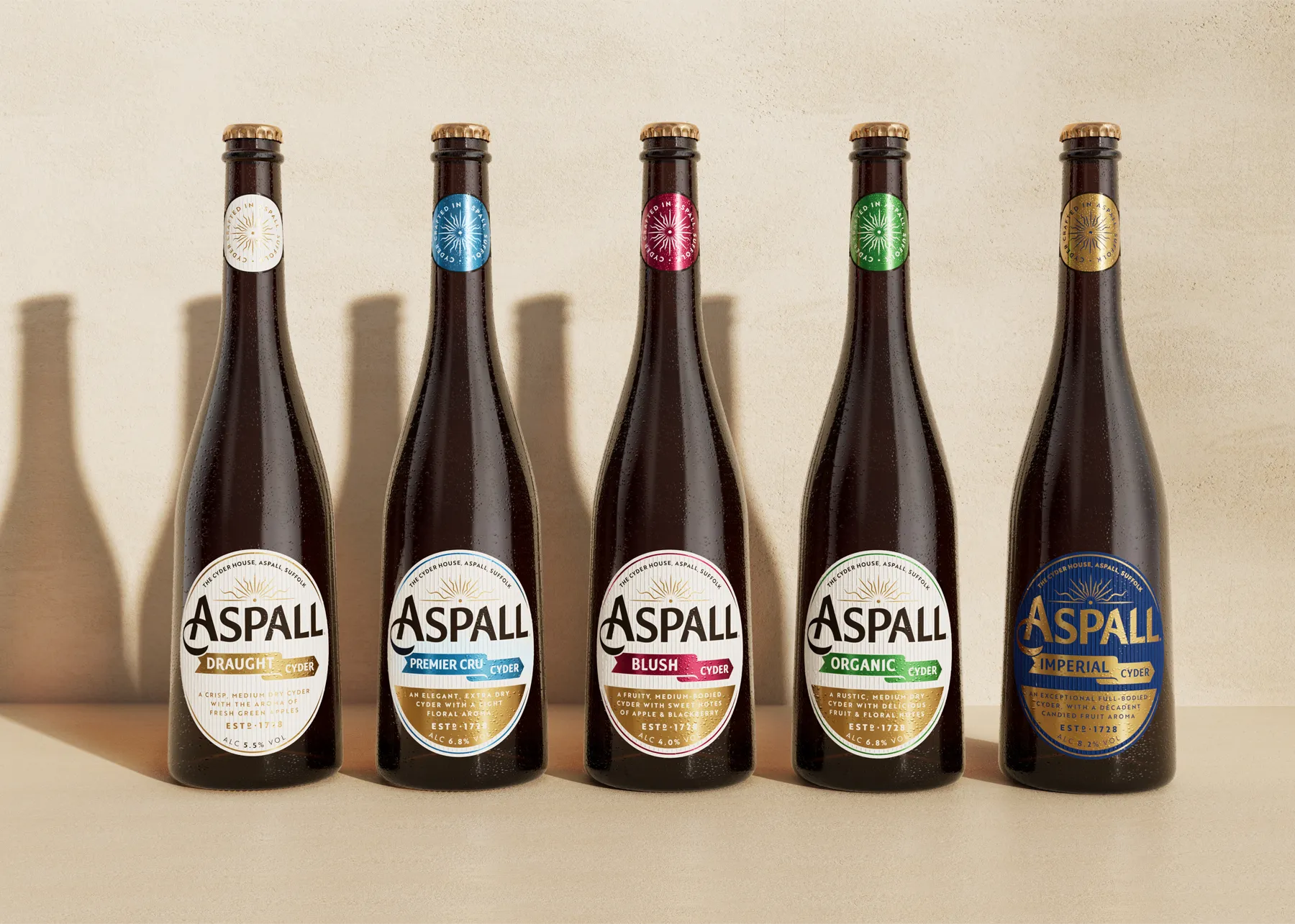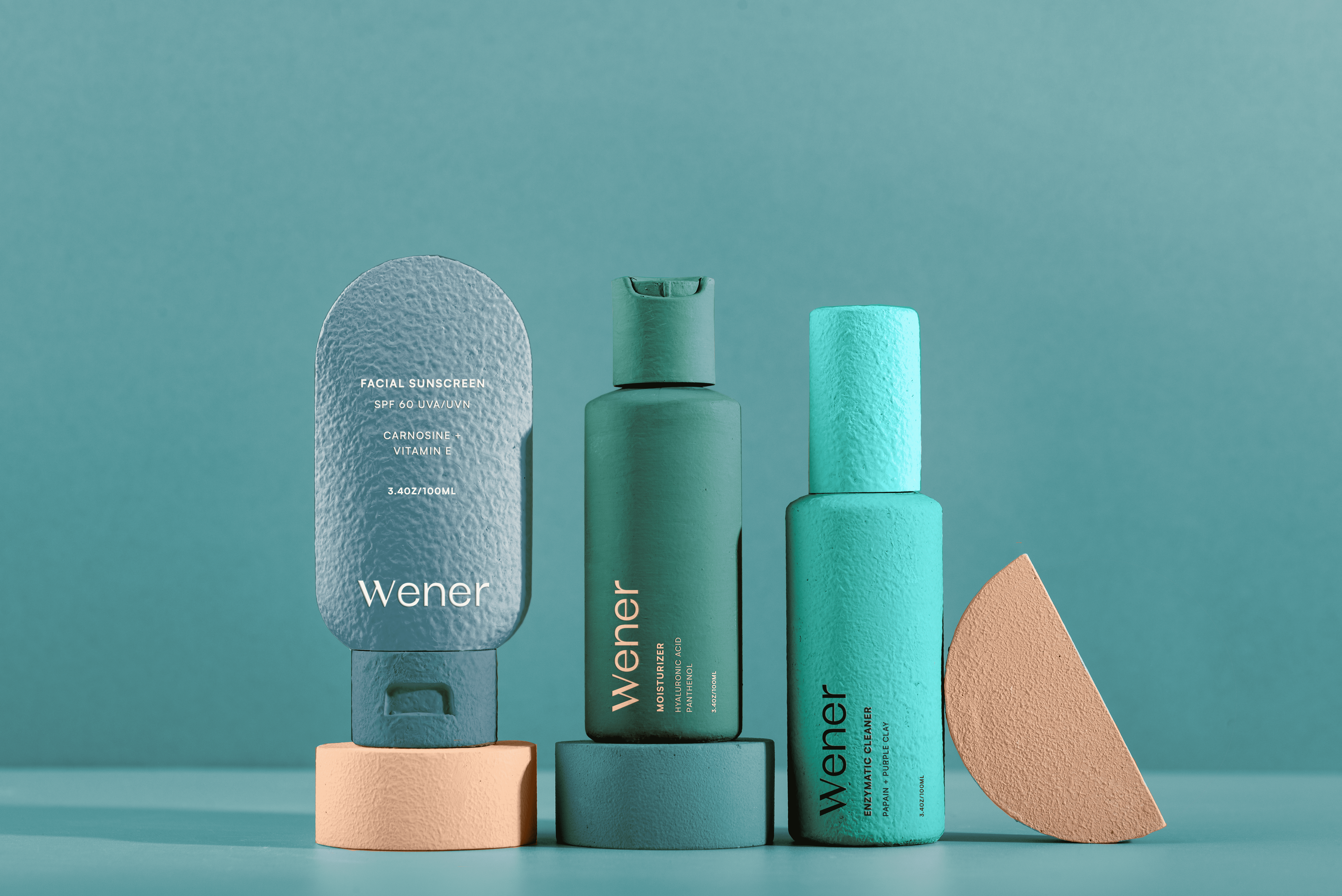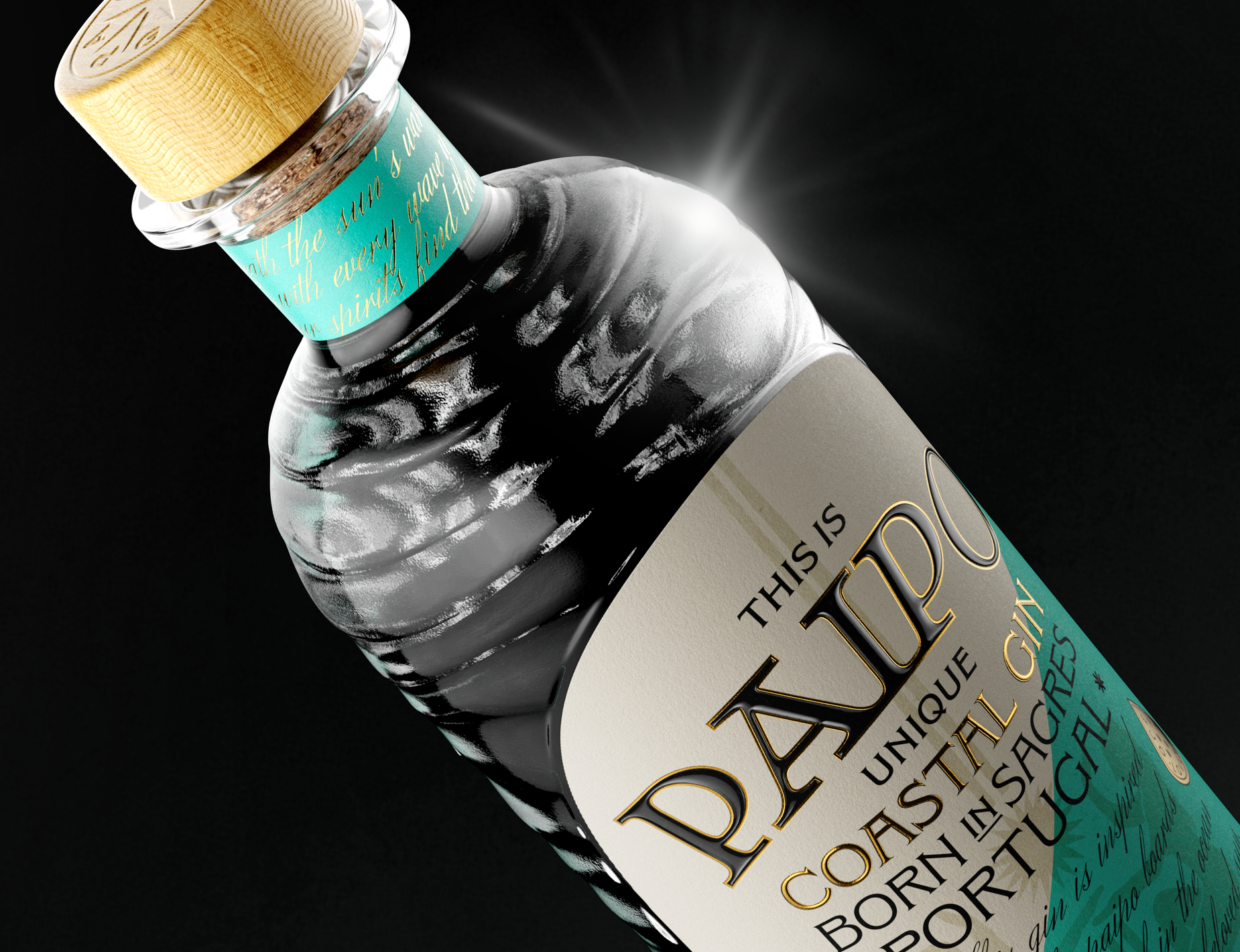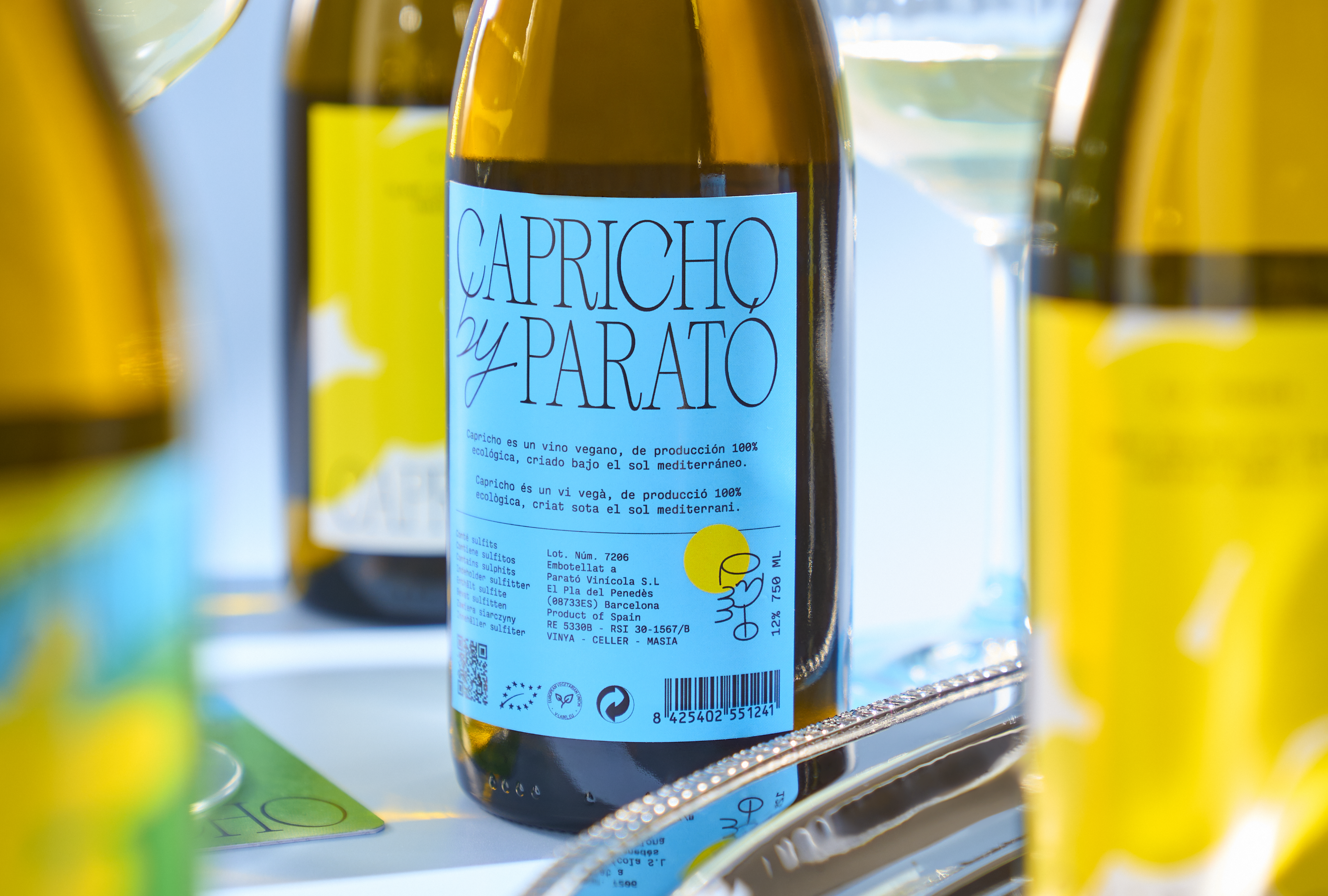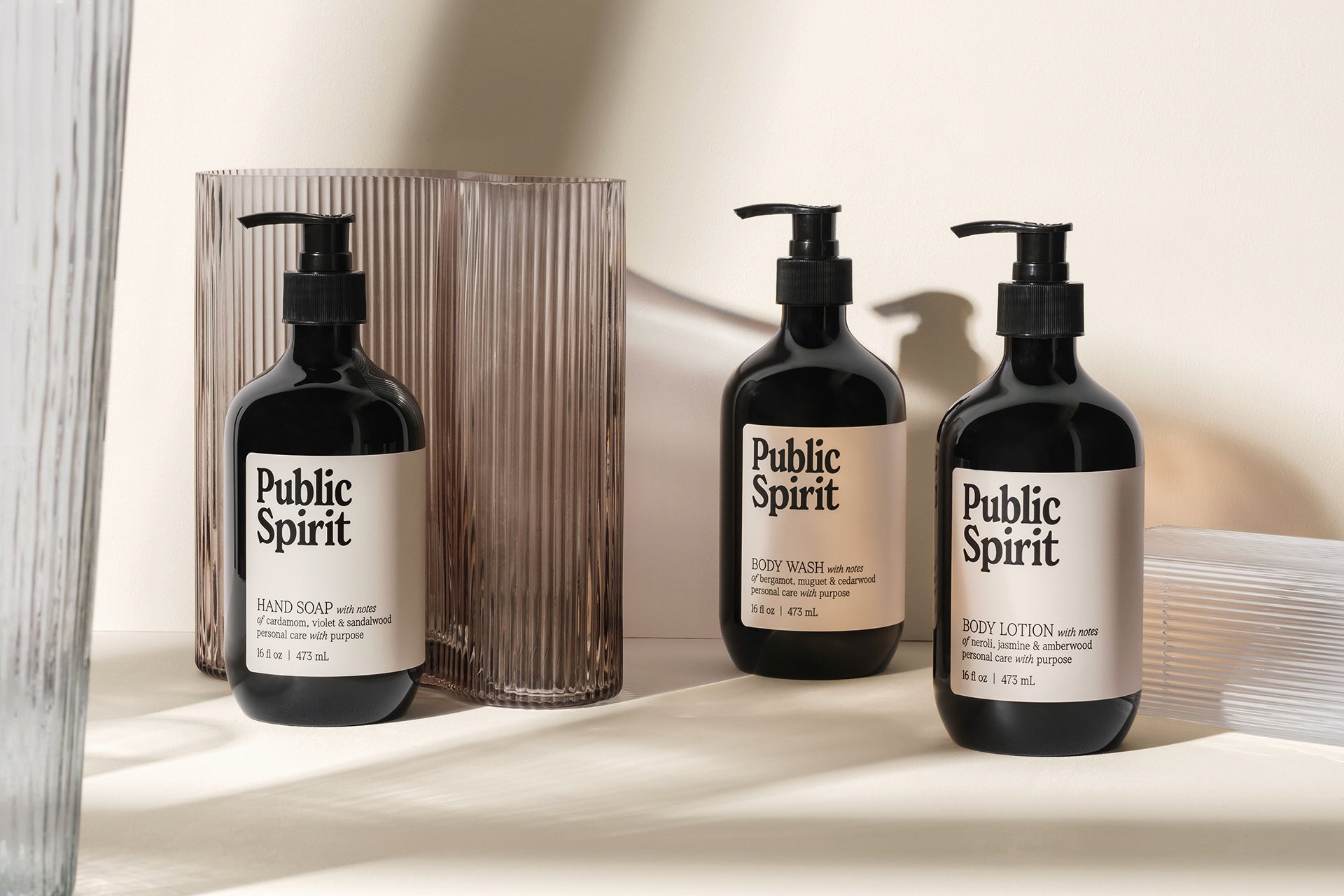Today, as we look to our new administration
to right the economic wrongs, our focus has shifted dramatically.
As a nation, we have been obsessing over the economy, specifically trying
to understand consumers’ spending habits in this environment. Companies
and retailers alike are focusing on how to survive in these unprecedented
conditions. These difficult economic times call for smart thinking
from our industry leaders as we strategize on how to protect brands
from the effects of the recession with long-term packaging solutions.
Short-sightedness has no place in the packaging industry in today’s
economic climate if we are to survive.
The Value of Packaging:
Consumers have become skeptical of traditional
advertising campaigns that make false promises and unrealistic claims.
The enormous diversity of media outlets today also adds to the fragmentation
and ineffectiveness of traditional advertising. This fragmentation
reduces the potential to reach large numbers of consumers, and the
Wall Street Journal points out that “the $138 billion dollar advertising
industry seems unprepared for an interactive future.”
As a consequence, some companies have
shifted their marketing budgets away from advertising and are finding
package design to be a far more efficient use of their dollars and a
more successful means of connecting directly with the consumer.
Packaging has come a long way in recent decades – evolving from generic
cost-driven formats to the highly differentiated value-added brand ambassador
it is today.
In the current economic environment,
there’s a need for brand building that’s right for the times and
acknowledges consumers’ interactive experience with the package itself.
This ability for packaging to double as “visual advertising” has
always been one of its primary strengths, particularly as shoppers are
far more cautious with their spending. For many brands, the package
provides the tangible point-of-difference from one product offering
to another, particularly when there is no perceptible difference.
The Rise of Store Brands
Walmart reports that sales of many private
label categories are up by 40 percent this year. According to
the Nielsen Company, private label sales account for more than $81 billion
in the United States, up 10.2% over 2007. With the pressure of
today’s economy, consumers are opting to purchase store brands rather
than the more expensive national brands. In fact, 72 percent of
shoppers in 2008 purchased store brands, up from 69% in 2005, according
to the Nielsen Company. Most store brand innovation has traditionally
come by way of graphics changes, with Target, Safeway, and Publix leading
the way. But store brands are becoming more sophisticated than
ever before. Take Target’s Archer Farms Cereal canister, for example.
The innovative package has hand-friendly proportions and a flip-top
lid, differentiating it from the generic bag-in-box format that is difficult
to recluse. The brand has also brought reclosability to the chip aisle,
with flexible bags that feature a press-to-close zipper. This may be
the sign of more structural innovations to come from store brands.
Reactive Initiatives:
With the rise of store brands and structural
innovation, there has also been the escalating fight for companies to
get “green marks” for sustainability. Over the last decade,
studies have shown that Americans’ awareness of and sensitivity to
the environment has continued to grow. However, because there
aren’t many short term ways of addressing the sustainability challenge,
companies have begun to make minor and/or cosmetic changes in an effort
to be part of the movement.
Many of today’s environmental strategies
play on the misperceptions of consumers and offer erroneous “green
claims.” “Greenwashing” is a serious threat to building
and maintaining brand trust. This is a classic over-correction,
knee-jerk reaction due to the lack of concern for the environment in
the past. If the environment had been a package requirement, along
with cost and convenience, we wouldn’t be in this “quick to fix”
situation. Like all other decision-making processes, to make a
major, meaningful change requires forethought, time and investment.
The Economic Downturn
In these economic times, consumers are
scrutinizing prices and sizes very carefully and are looking to determine
whether there is an intrinsic value to the product. Brands are
struggling to maintain margins with the rising costs of goods.
Companies are reacting by reducing the amount of product in a package
that looks like it contains the same amount as before. This strategy
may fool consumers, but potentially threatens brand trust.
On its web site, Ben and Jerry’s vocalized
buyers’ concerns over the recent reduction of the pint-size ice cream
package by Häagen-Dazs. “One of our competitors (think funny-sounding
European name) recently announced they will be downsizing their pints
from 16 to 14 ounces to cover increased ingredient and manufacturing
costs and help improve their bottom line,” the copy reads.
Hard Times Call for Smart Thinking
It is imperative during these tough economic
times for brands to discover what consumers perceive to be the fundamental
value of your brand’s packaging. Consumers will often say they
want everything included in a new package design, but are not willing
to pay for it.
Marketers and designers must engage with
consumers and understand the brand’s assets so as to effectively target
the “sweet spot” between what a consumer desires and can afford
and a brand can make for a profit. The point here is to save money
by eliminating unneeded features and unnecessary waste, and focus your
investment on those meaningful differentiators that drives brand value
and maintain consumer loyalty.
Too many brands suffer from SKU proliferation
which leads to consumer confusion, added costs and brand/product cannibalization.
According to McKinsey, there were 15,000 brands on American grocery
shelves in 1991. A decade later, there were 45,000 brands.
Clearly, the choices are exhaustive for consumers.
Costs can be saved by focusing on primary
SKUs. Instead of downsizing to maintain margins, companies need
to focus on how their consumers actually use products and invest in
research to discover product consumption patterns and retail turn rates.
Right-sizing can maximize shipping and distribution costs as well as
limit SKU proliferation. A right-size package may offer creative
pricing flexibility as well as drive brand loyalty.
Packaging systems entail scale and efficiency
derived from significant manufacturing capital investments. One
cannot simply scrap a factory and build another one for a short-term
solution. Companies will succeed by focusing on planning ahead,
staying the course and avoiding short-term distractions.
The key during these tough economic times
is to be smart with your investments, cut costs that aren’t fruitful
and apply the savings to areas that continue to deliver. Packaging
must be thought of as a long-term investment in brand differentiation
and the most effective form of advertising to create sustained brand
value and maintain loyalty.
Peter is a visionary entrepreneur who founded
Product Ventures in 1994 to create the ultimate strategic creative agency for
the research, design and development of manufactured goods. His passion for
excellence and dedication to helping clients shape products and packaging to
enhance consumers’ lives have garnered Clarke enormous recognition
throughout the industry. He is a frequent commentator in the
media, as well as a sought after speaker. Contact Peter at 203.319.1119 or [email protected].
